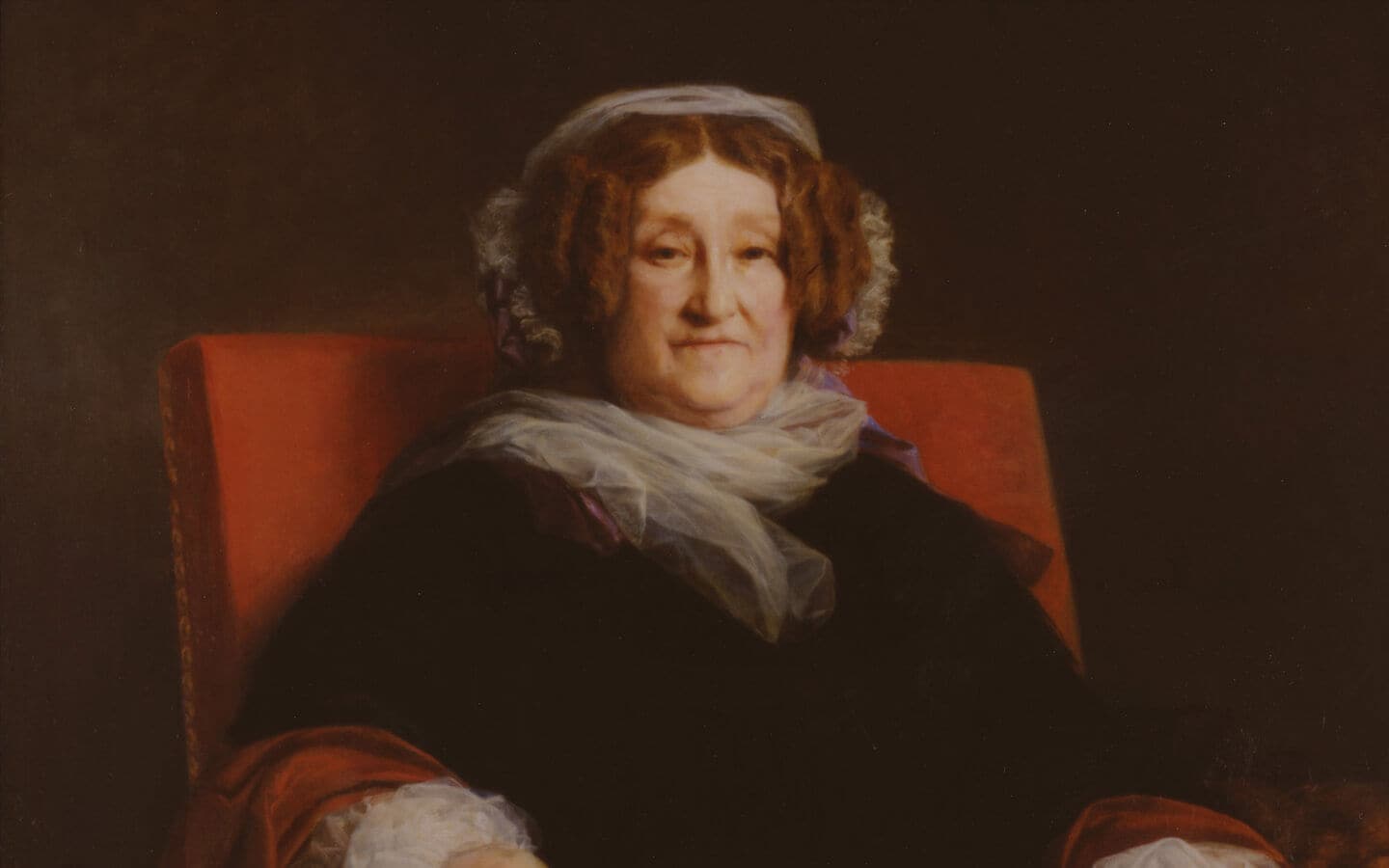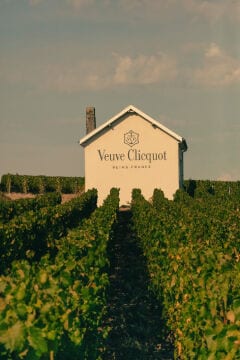
The abuse of alcohol is dangerous for your health. Drink responsibly. Veuve Clicquot supports the responsible consumption of wines and spirits, through Moët Hennessy, member of Spirits EUROPE, Discus and Wine in Moderation.

The abuse of alcohol is dangerous for your health. Drink responsibly. Veuve Clicquot supports the responsible consumption of wines and spirits, through Moët Hennessy, member of Spirits EUROPE, Discus and Wine in Moderation.
Barbe Nicole Clicquot Ponsardin was born in 1777, the daughter of a textile manufacturer in Reims, Champagne. Widowed at the age of only 27, she took control of her own destiny and became one of the first modern entrepreneurs. In an era when women were excluded from the business world, she dared to assume the head of the company founded by her father-in-law in 1772, a role she undertook with passion and determination.
Her creativity and lust for innovation led to many firsts in Champagne: the first known vintage champagne; the invention of the riddling table; the first known blended rosé champagne. Three inventions that revolutionised champagne making and were widely adopted by producers, becoming the basis of modern champagne production.
Madame Clicquot made her name into a brand of excellence and had it shine the world over. Her formidable contributions earned her the nickname of "la grande dame of Champagne".
Champagne is a wine of legend. The entire history of the Veuve Clicquot House is marked by mythical wines, all of which respect the demand for quality that was the force that drove Madame Clicquot. True to this heritage, the House is proud of its motto: "Only one quality, the finest."
A short lineage of just 11 Cellar Masters has led this quest for quality, thereby ensuring the continuity of the Veuve Clicquot style: strength and complexity. Veuve Clicquot prides itself on excellence and quality. Only the juice from the cuvée (the first and most noble pressing) is used.

